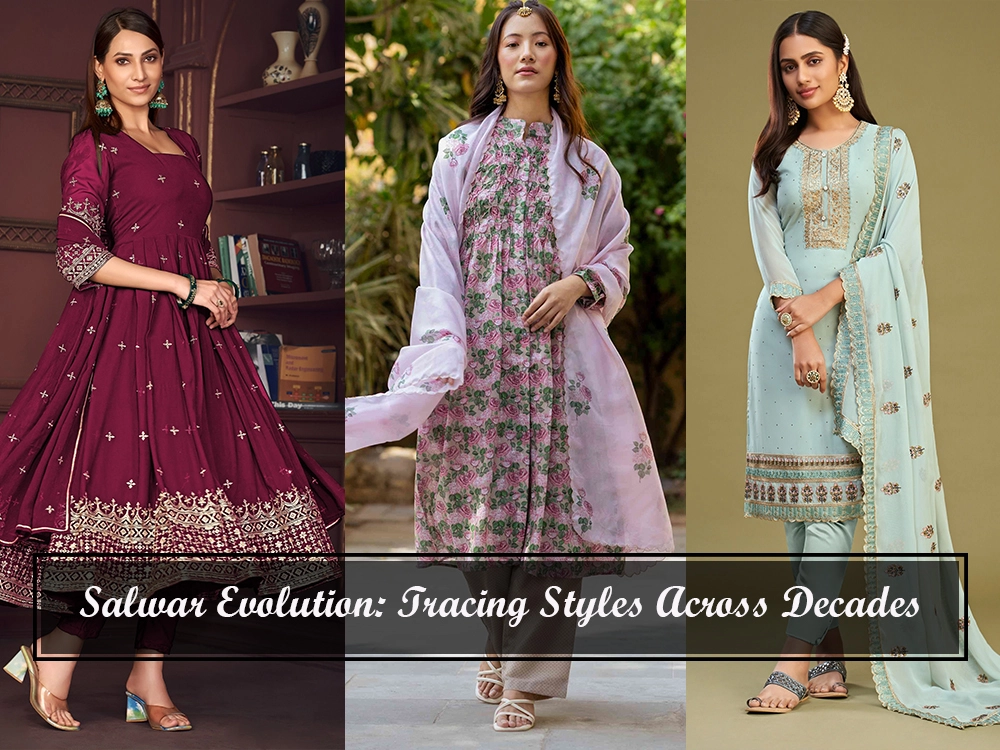
The ancient Indian garment known as the salwar has had an interesting evolution over time, reflecting changes in fashion, culture, and social mores. Around the world, people like the salwar, which is a versatile fashion statement. It was first seen in regions such as Punjab and Kashmir in the Indian subcontinent. Let's explore how salwar styles have changed throughout the years, charting their voyage through the sands of time.
1950s-1960s: The Traditional Roots
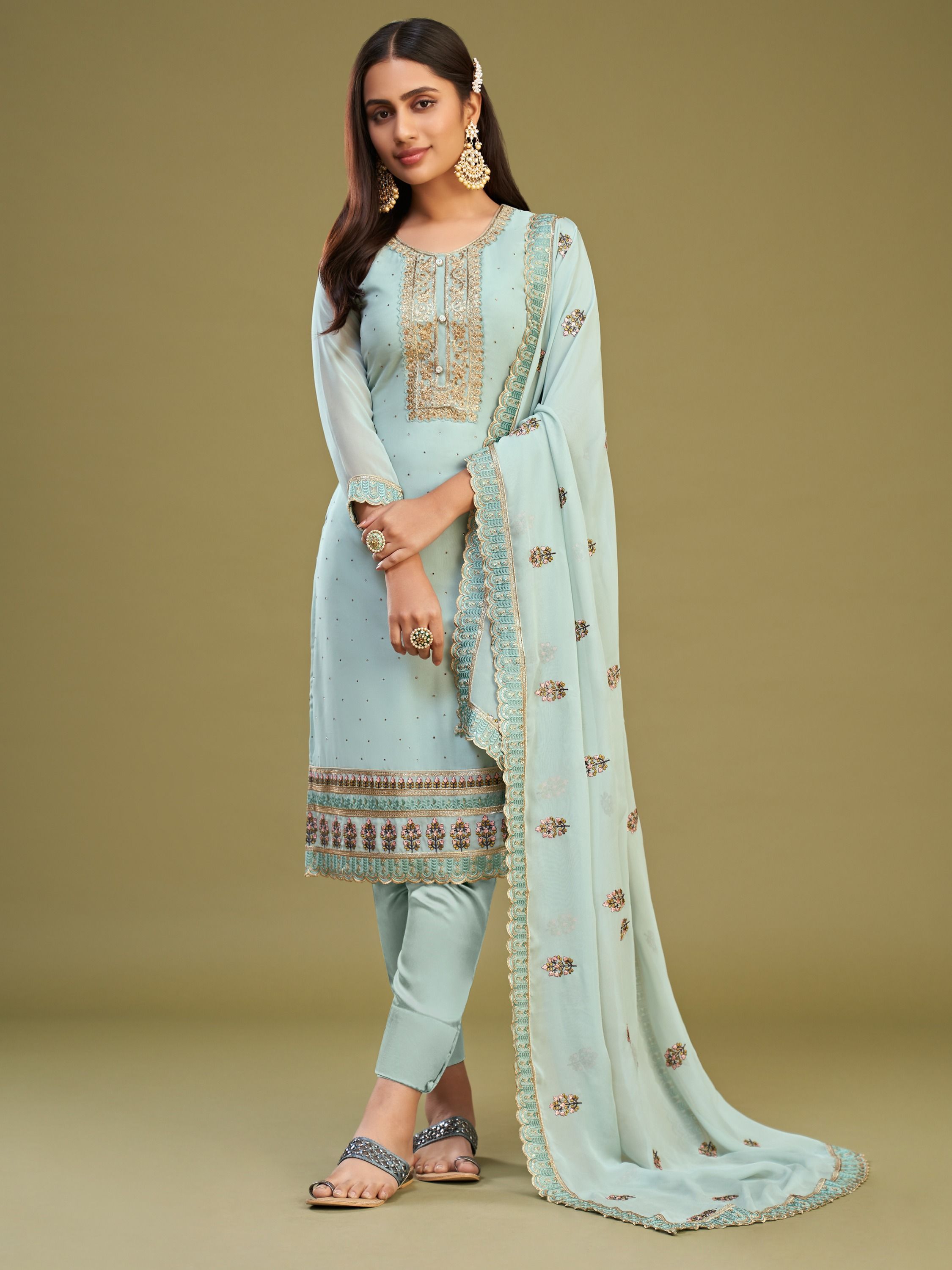
The 1950s and 60s saw a lot of wear of traditional salwars. These trousers are knotted at the waist and have a relaxed fit, which is tapered down to the ankles. A knee-length tunic and matching dupatta (scarf) completed this combination, which was a magnificent display of modesty and elegance. Materials like cotton, silk, and khadi were commonly used because they embodied the elegance and simplicity of the era.
1970s-1980s: The Influence of Bollywood
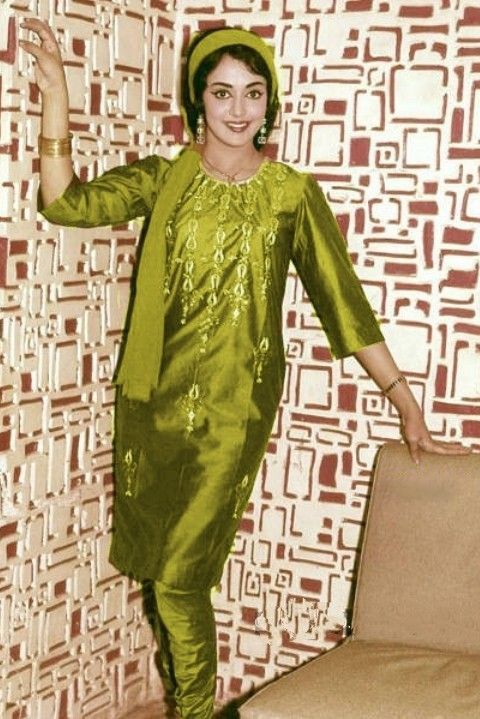
Bollywood fashion trends had a major role with a noticeable change in salwar styles between the 1970s and 1980s. Thin, snugly fitted pants that emphasized leg curves became the hallmark of the churidar salwar, a style popularized popularly by actresses like Indian actress Hema Malini. Women fell madly in love with this look, which gave classic clothing a dash of glamour and refinement.
1990s-2000s: Fusion and Experimentation
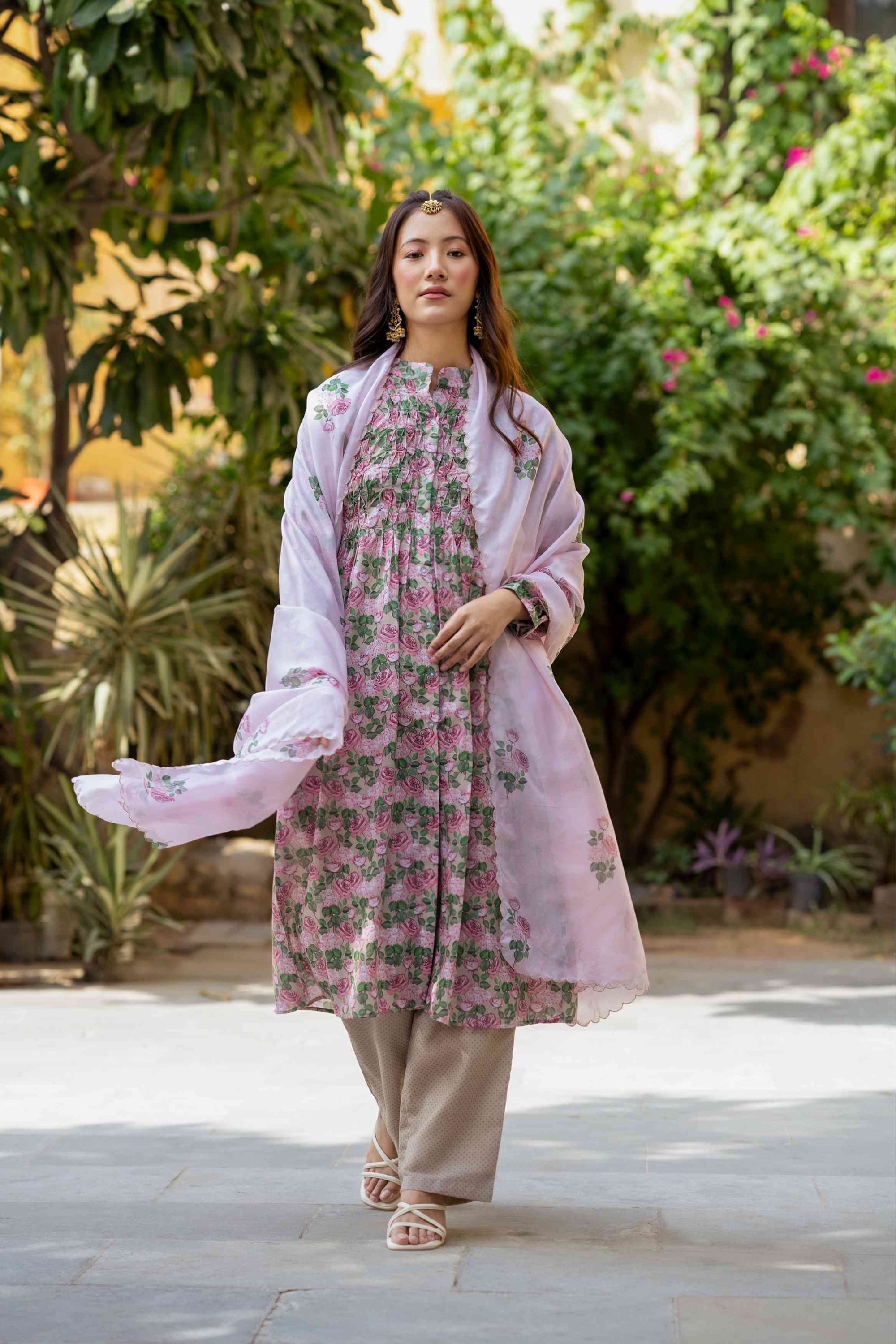
The 1990s and early 2000s marked a period of fusion and experimentation in salwar designs. Western influences became more prominent, leading to the creation of fusion ensembles like the salwar-kameez with a contemporary twist. Designers started incorporating elements like asymmetrical cuts, embellishments, and bold prints, catering to a younger, fashion-conscious audience.
2010s-2020s: Revival of Traditional Elegance
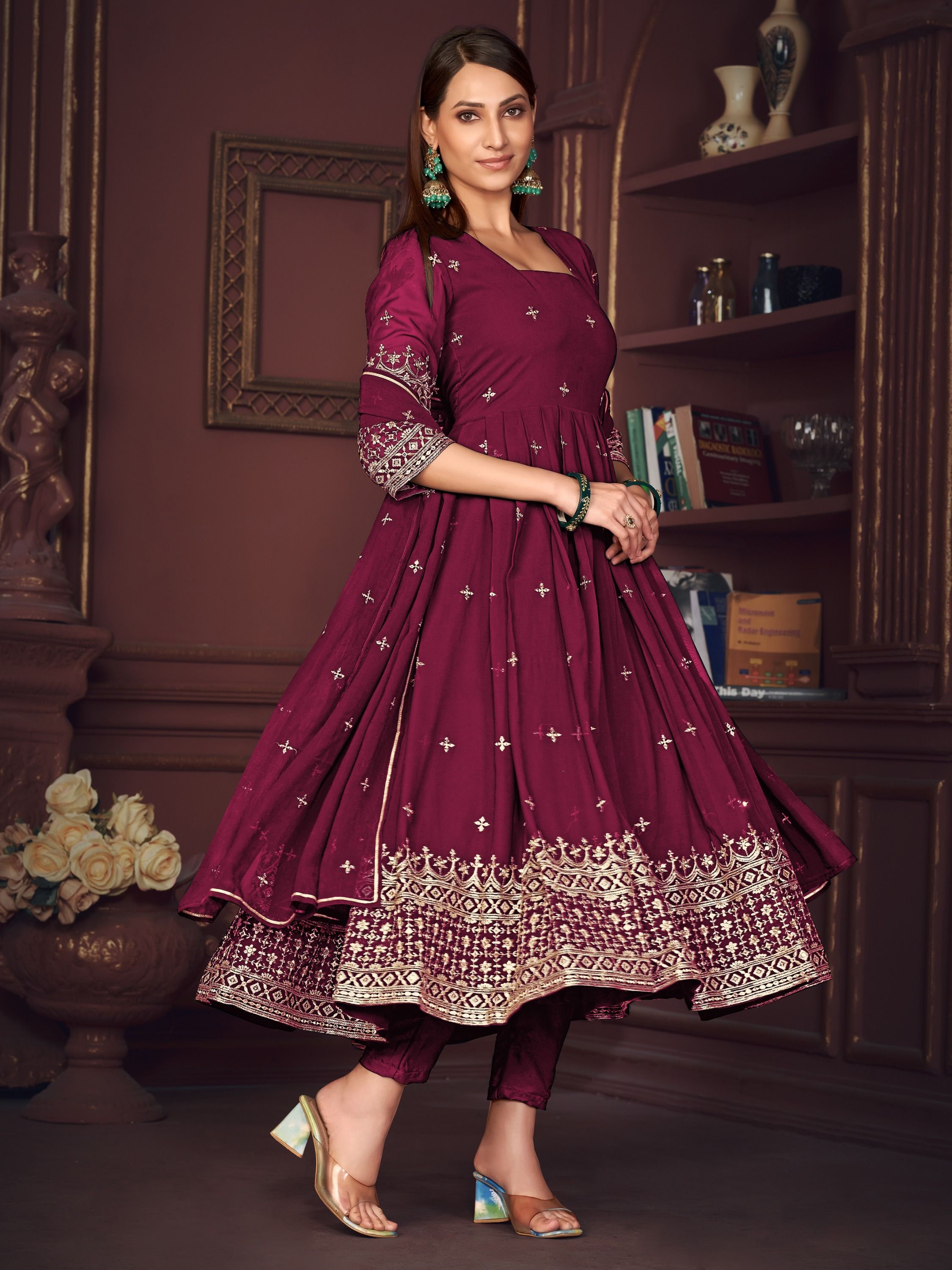
Salwar fashions have witnessed a discernible resurgence of classic elegance in recent times. Fashion designers and fans are rediscovering the beauty of rich fabrics, elaborate needlework, and traditional forms. The Mughal-era design served as the inspiration for Anarkali suits, which were incredibly famous. These outfits included floor-length kameez with huge flares and magnificent decorations.
Current Trends: Diversity and Sustainability
Today's salwar fashion scene is very varied, offering a wide range of designs to suit different tastes and situations. The creation of salwar suits now often uses natural dyes, eco-friendly textiles, and ethical ways of production, thanks to the growing popularity of sustainable design practices.
Regional Variations
It's important to remember that salwar fashions range greatly between Indian areas and those of its neighbours. For example, the Punjabi Patiala salwar is renowned for its pleats and full drape, while the North Indian churidar is still in style because of its fitting, sleek appearance. Little girls in South India frequently dress in the traditional salwar known as the "pattu pavadai" for festivals and cultural events.
Influence of Global Fashion
The globalization of fashion has also had a profound impact on salwar designs. Western adaptations like the Palazzo salwar, inspired by wide-legged trousers, have gained popularity for their comfort and contemporary appeal. Additionally, fusion ensembles like the Indo-Western jumpsuit, combining elements of the salwar and jumpsuit, have become trendy choices for modern women.
The Future of Salwar Fashion
As we look towards the future, salwar fashion is poised to continue evolving while embracing its rich heritage. Innovations in fabric technology, sustainable practices, and digital design are likely to shape the next chapter of salwar evolution. A worldwide audience may now more easily purchase traditional clothing because of the increasing popularity of internet shopping platforms, which promotes creativity and respect for other cultures.
Final thought
The decades-long evolution of the salwar mirrors not just shifts in style at Ethnic Plus but also the changing stories of culture, identity, and personal expression. Over the years, the salwar has captured the attention of people all around the world, from its modest origins as a useful article of clothing to its present standing as a symbol of ethnic pride and innovative fashion.

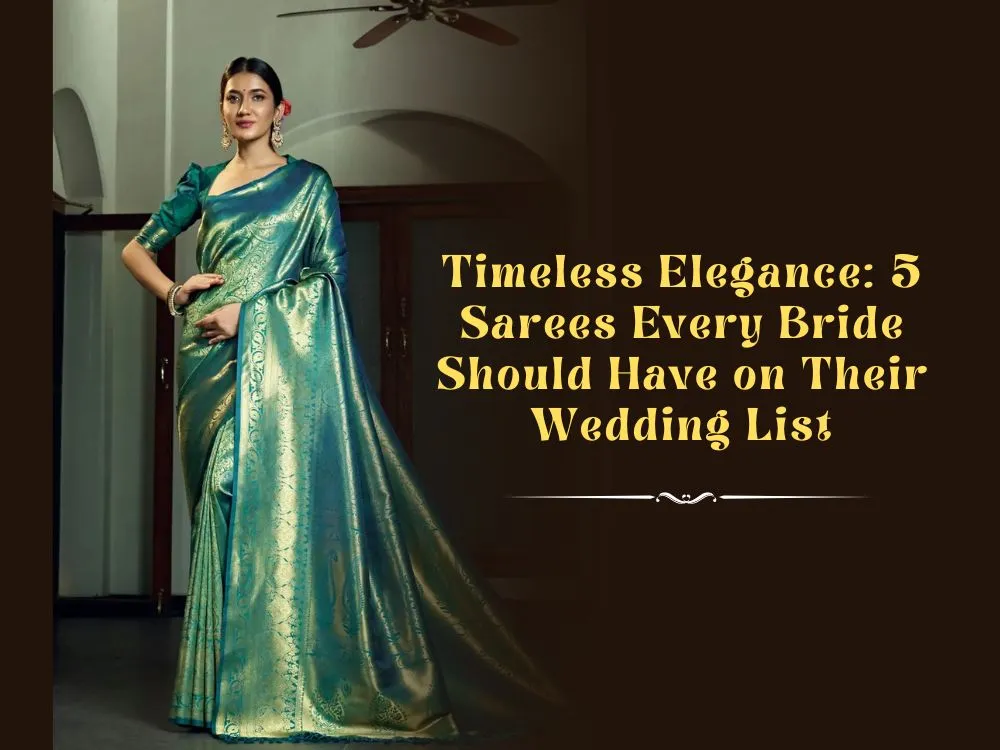
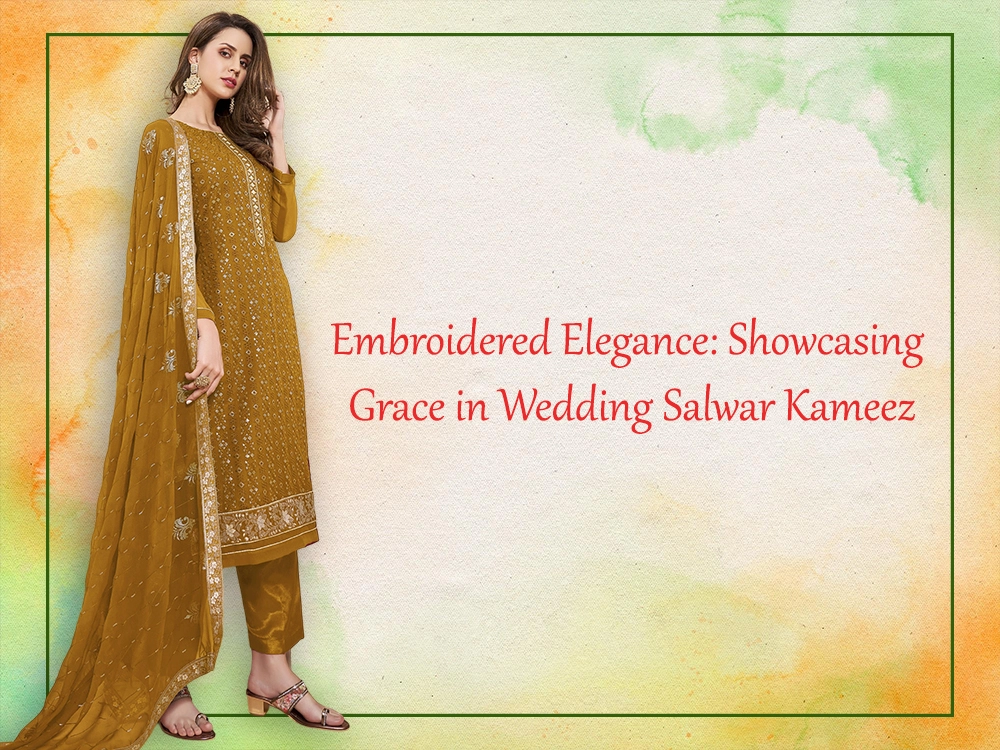

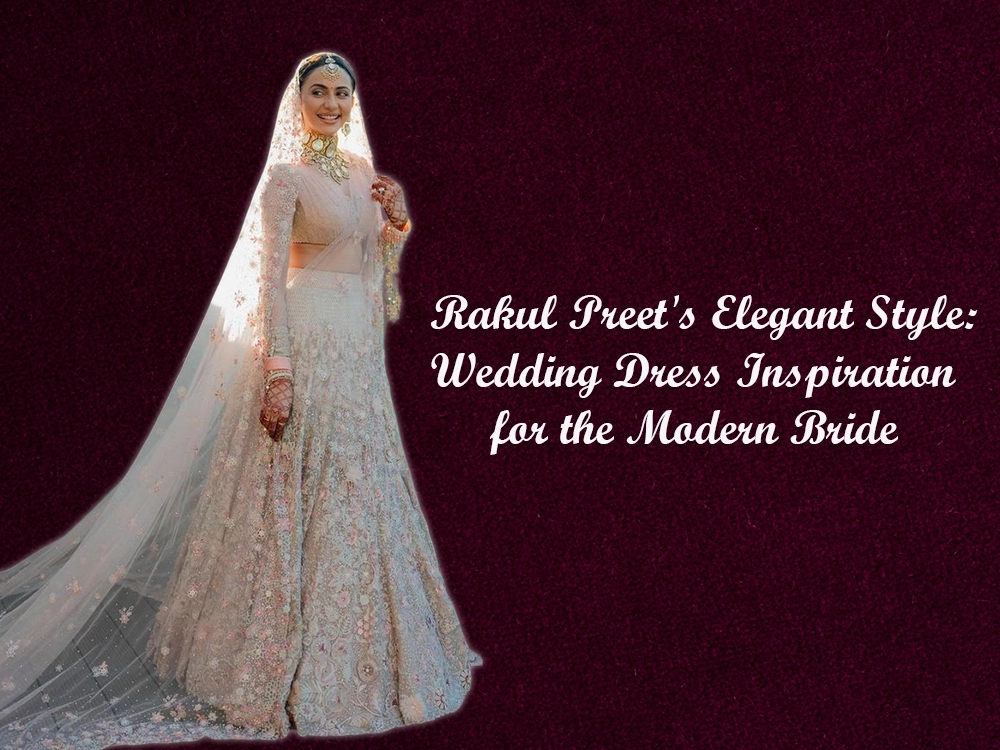
The information below is required for social login
Login to Ethnic Plus
Signup to Ethnic Plus